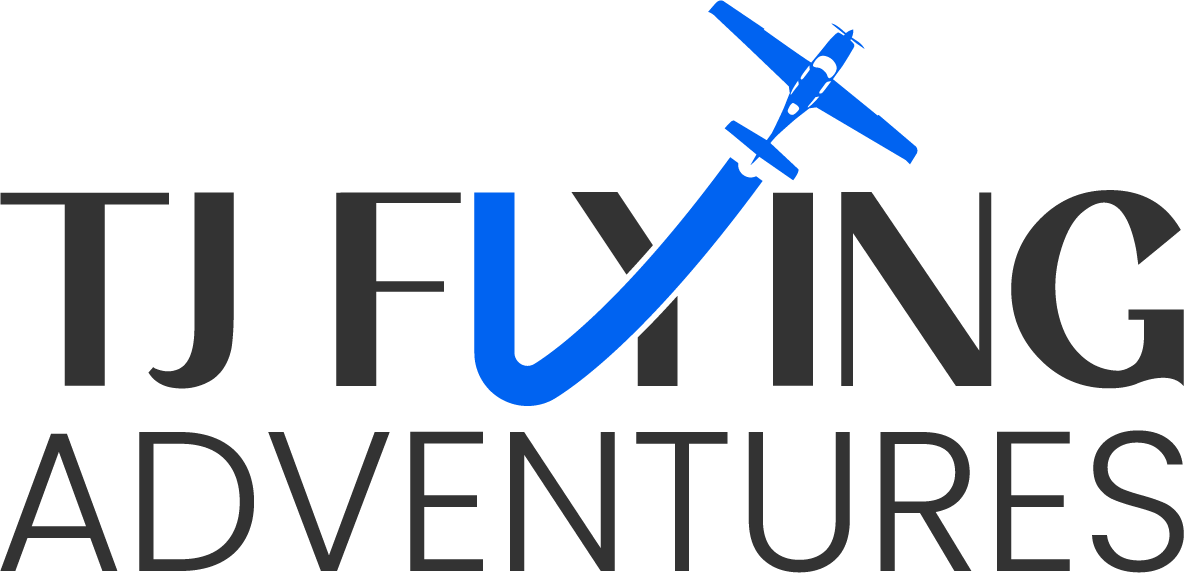AOPA Summit Journey (Part 1)
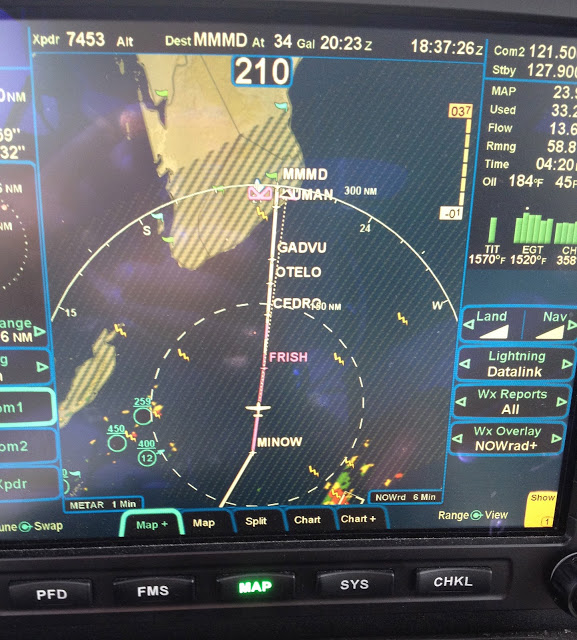
My trek to AOPA is now well underway! The first leg of this trip was quite memorable. Since I was flying direct over the Gulf, I squeezed as much fuel as I could into the tanks (92 gals). Other than the eAPIS filing, the departure was just like any routine IFR trip anywhere in the […]
Preparing To Cross The Next Border (Mexico)
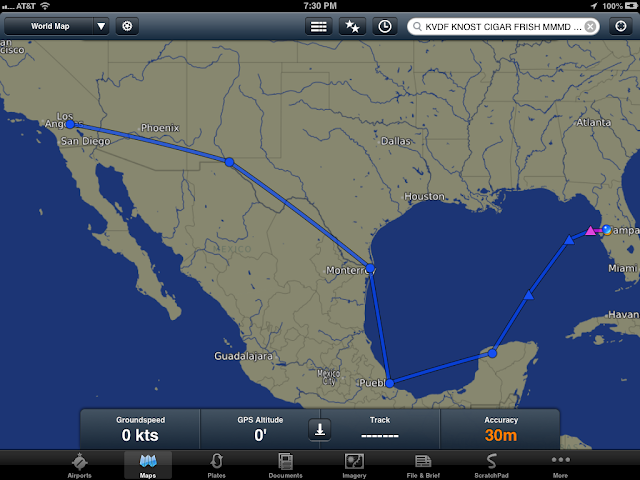
After my European excursion, I was looking forward to the next challenge, which will be crossing another border on the way to AOPA Summit in Palm Springs. Once again, I enlisted the help of Thierry and Guillaume at Air Journey to help with the route planning and logistics. Here is the routing, we came up […]
Spotting Castles and Crossing New Borders

After a couple of weeks of preparation, I was totally ready for my flight in Germany. While I had read up on the many nuances of flying here, I didn’t really look carefully enough at the map. I didn’t realize how close Baden-Baden was to France. In fact, my hotel was walking distance to the French […]
Things Falling Into Place
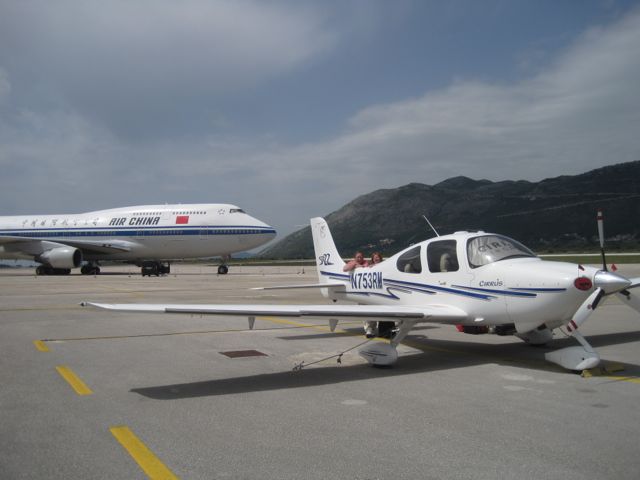
Sometimes things just have a way of falling into place… For me, this has recently been the case as I prepared for my annual recurrent training. Usually, I accomplish my recurrent training by attending a CPPP. But this year I decided to do it with a twist. Instead of attending the course in Lakeland or […]
Weekend in Grand Cayman
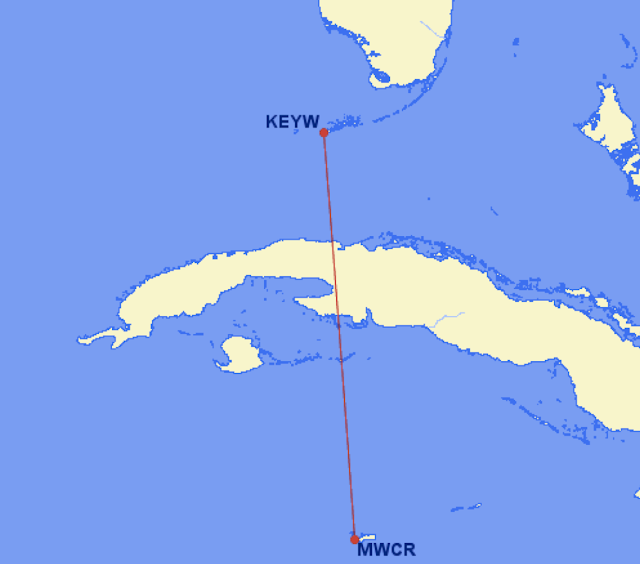
With great weather predicted for south FL and the Caribbean, this past weekend was the perfect opportunity to make a dent in the bucket list. I decided to fly to Grand Cayman. The flight was a straightforward IFR route mostly over water and directly over Cuba: I was a little nervous about the international flying […]
Bahamas Practice Flight
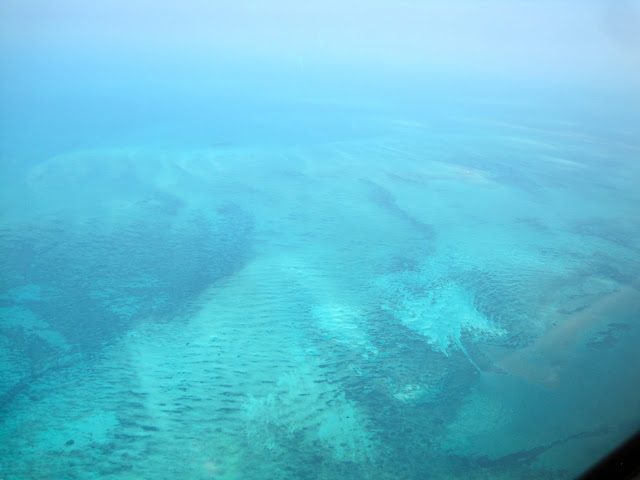
My international radio license arrived yesterday in the mail. Earlier in the week, I saw online that it had been approved. But didn’t get the official paper in the mail till yesterday. That meant that today was the day for the long overdue Bahamas flight!! It was really perfect timing because the plane is going […]
